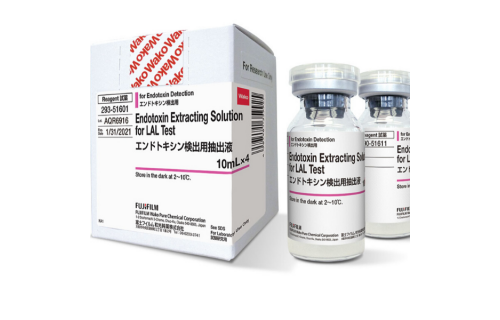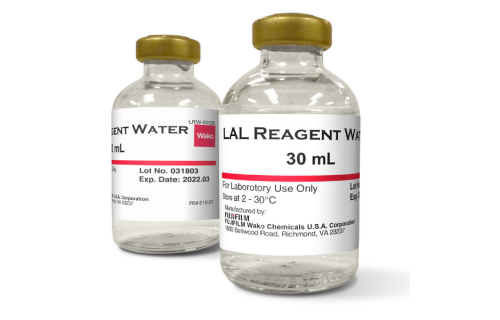How does LPS impact bacterial resistance to antibiotics?
Antibiotic resistance is a growing problem for modern medicine. After decades of successfully treating bacterial infections using classical antibiotics like penicillin and amoxicillin, multidrug resistant bacterial strains have emerged as a new threat. Multidrug resistant bacteria are estimated to infect more than 2 million Americans per year, resulting in 23,000 deaths.
Gram-negative bacteria are of particular concern for multidrug resistance due to their limited options for treatment. Out of the CDC's 14 pathogens listed as public health threats, 9 of these are Gram-negative bacteria.
In contrast to Gram-positive bacteria, which have only a single cell membrane, Gram-negative bacteria possess a second outer membrane (OM). The OM is highly asymmetrical, with the inner leaflet composed of phospholipids and the outer leaflet composed of lipopolysaccharides (LPS).
The OM is an essential permeability barrier for the bacteria to keep out toxic compounds. Strong interactions between adjacent LPS molecules prevents hydrophobic molecules or detergents from entering the cell. As such, the OM presents an additional challenge when designing drugs against Gram-negative bacteria.
An important factor for the function of the OM is the flexibility to alter its structure. This is particularly useful to combat antimicrobial peptides (AMPs), which are small nonspecific peptides that kill microbes by creating pores in the cell membrane. AMPs are positively charged, making them attracted to the negatively charged LPS molecules.
To avoid AMPs, Gram-negative bacteria can alter the structure of their LPS. These modifications can include the acetylation of the O-antigen or addition of fatty acids, among many others. Thus, by changing their LPS structure, the bacteria can evade host immunity and promote further virulence.
Because of its important roles in antibiotic resistance and AMP evasion, the OM has become an intriguing target for new antibiotics. Most potential drugs seek to disrupt the biogenesis of the OM.
One strategy is to disrupt the transport or folding of proteins that are essential for constructing the OM. Two proteins called BamA and LptD are attractive targets, as these are present in nearly all species of Gram-negative bacteria and are required for OM biogenesis. Several drug candidates have been developed that inhibit various stages of these proteins' formation.
Another option is to target the machinery that transports LPS to the OM. LPS is synthesized inside the periplasm, which is the aqueous space between the inner and outer cell membranes. To reach the OM outer leaflet requires the action of several key transporter proteins. Inhibiting the synthesis or transport of LPS can successfully prevent the development of the OM.
While clinical compounds targeting the OM are likely still several years away, the results from early research studies suggests that this could be a promising avenue to overcome multidrug resistance in Gram-negative bacteria. By preventing the synthesis of this key outer layer, we could break down the bacteria's protective fortress and allow our antibiotic drugs to reach their cellular targets.






